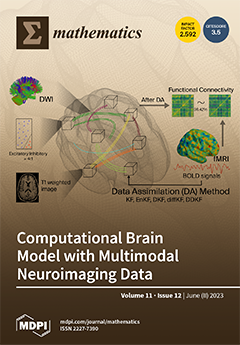The greenhouse effect caused by carbon dioxide (
) emissions has forced the shipping industry to actively reduce the amount of
emissions emitted directly into the atmosphere over the past few years. Carbon capture, utilization, and storage
[...] Read more.
The greenhouse effect caused by carbon dioxide (
) emissions has forced the shipping industry to actively reduce the amount of
emissions emitted directly into the atmosphere over the past few years. Carbon capture, utilization, and storage (CCUS) is one of the main technological methods for reducing the amount of
emissions emitted directly into the atmosphere.
transport, i.e., shipping
to permanent or temporary storage sites, is a critical intermediate step in the CCUS chain. This study formulates a mixed-integer programming model for a carbon storage and transport problem in the CCUS chain to optimally determine ship allocation, ship departure scheduling, and
storage and transport. Taking advantage of the structure of the problem, we transform the mixed-integer programming model into a simpler model that can be computed efficiently. To evaluate the performance of the simpler model, numerous computational experiments are conducted. The results show that all small-scale instances (each with 10 power plants) and medium-scale instances (each with 30 power plants) can be solved optimality by Gurobi within 14.33 s. For large-scale instances with 60 and 65 power plants, feasible solutions with average gap values of 0.06% and 6.93% can be obtained by Gurobi within one hour, which indicates that the proposed methodology can be efficiently applied to practical problems. In addition, important parameters, including the unit fuel price, the time-charter cost, and the ship sailing speed, are examined in sensitivity analyses to investigate the impacts of these factors on operations decisions. In summary, a lower fuel price, a lower charter cost, or a higher ship sailing speed can increase the profit of the CCUS chain.
Full article





